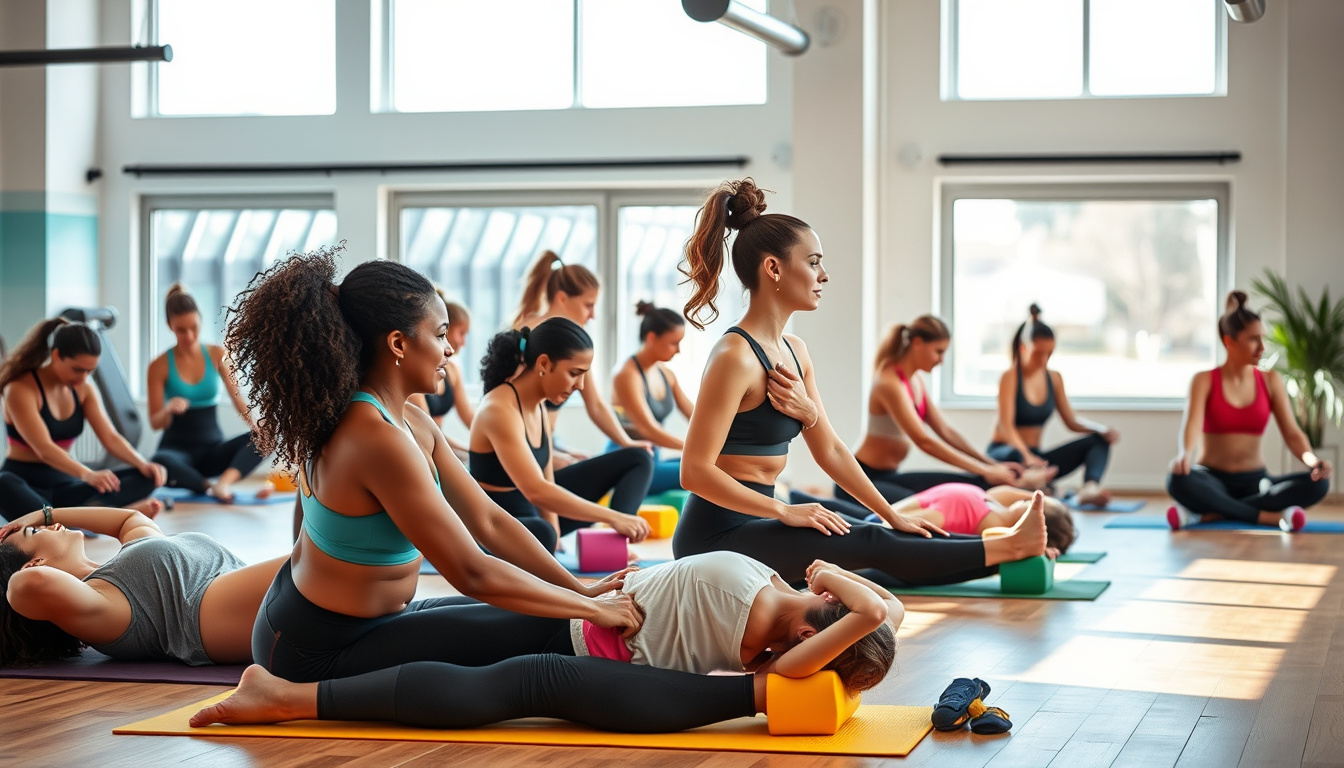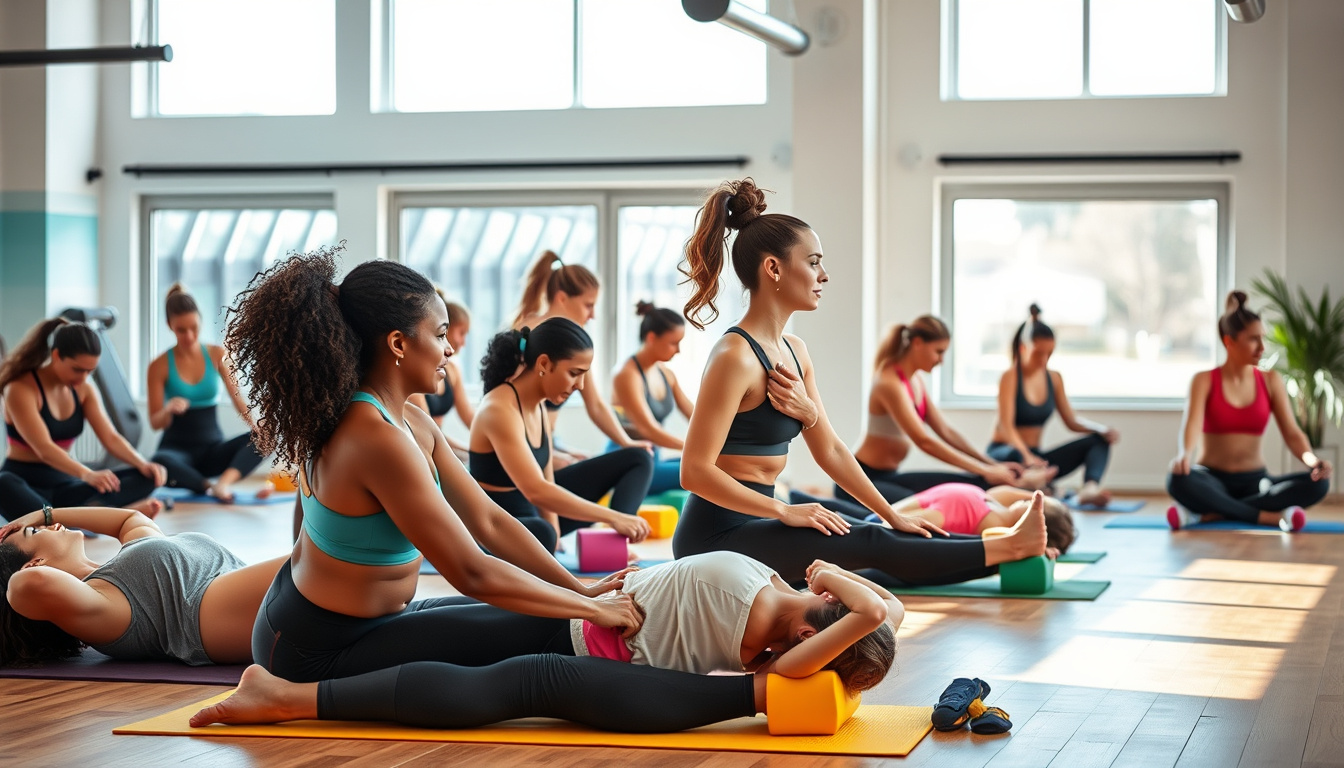In the world of women’s fitness, muscle repair matters but often falls behind the busy pace of workouts, diet plans, and goals. Good recovery helps you perform better and cuts down injury risk. In this article, we show muscle repair methods made for women. You can get more from your workouts and feel better overall.
Understanding Muscle Recovery
Muscle recovery means the process where your body mends ripped muscle fibers from exercise. Women who work out—whether doing strength work or high-intensity moves—need enough repair time. Missing recovery can bring tired muscles, less strength, and a higher chance of injury.
Essential Muscle Recovery Techniques
1. Hydration: The Base of Recovery
Keep water close. Water helps move nutrients, keeps muscles working, and speeds repair. Try to drink about half your body weight in ounces each day and sip more during exercise. You might also use drinks with salts after hard sessions to replace lost fluids.
2. Nutrition: Fueling Recovery
A balanced diet with proteins, carbs, and good fats is key for repair. After exercise, your muscles need protein to mend and carbs to refill energy stores. Women should try to have 20-30 grams of protein within 30 minutes after a workout. Fresh foods like lean meat, dairy, beans, and whole grains can give your body what it needs.
3. Active Recovery: Keep Moving
Active recovery means doing light exercise after a hard effort. It may be a soft yoga class, an easy walk, or a swim. This light move brings blood to tired muscles, easing pain and preventing the body from slowing down too much.
4. Sleep: The Hidden Helper of Recovery
Sleep helps more than you think. Try for 7-9 hours of solid sleep each night. While you rest, your body fixes and builds muscle. A calm bedtime routine can help you sleep well and get the repair your muscles need.
5. Foam Rolling: Self-Massage Work
Foam rolling is a form of self-massage that you can do. It helps ease tight spots, makes muscles more flexible, and cuts soreness. Take a few minutes to roll on big muscle groups and those parts that feel stiff or sore.
6. Stretching: Easing Tension
Stretching after exercise can help muscles relax. It works to free up tight parts and boost movement. Use both slow and active stretches to help your muscles lengthen and calm down.
7. Cold and Heat Therapy: Using Temperature for Repair
Using cold and heat in turns may help your muscles. Cold packs or baths may cut down swelling after training, and heat can ease pain and bring more blood to the area. Use the option that fits your exercise level and how you feel.
8. Consult a Professional: Tailored Repair Tips
Sometimes, the best repair tips come from experts. Talk with a trainer or a physical therapist if you feel pain or discomfort. A pro can give you tips that fit your body and fitness goals.
Conclusion
Using good muscle recovery methods is key for any woman set on her fitness path. With water, good food, moving lightly, sound sleep, and steps like stretching and foam rolling, you can perform well and keep your fitness life strong. Your body is a valued tool—treat it with care, and it will give you strength, power, and endurance as you reach your fitness dreams.




